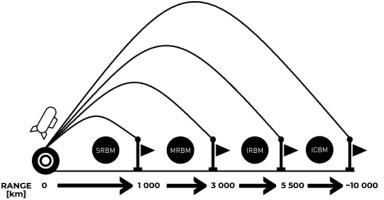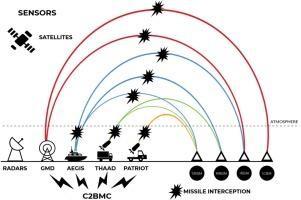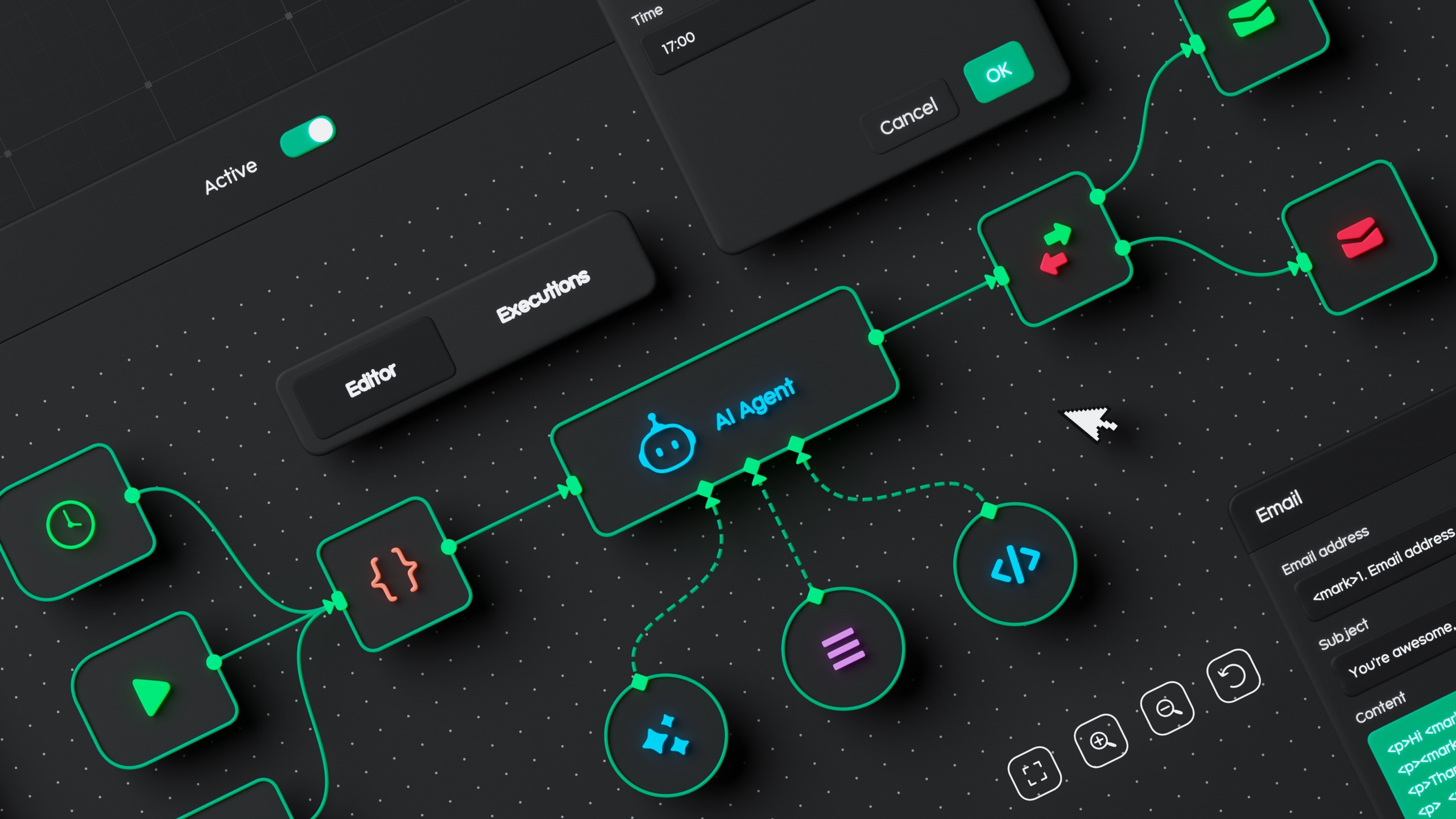Understanding Ballistic Missiles and Their Trajectory
Ballistic missiles, designed to deliver conventional or mass destruction warheads, require advanced ballistic missile defense systems for interception. Understanding the ballistic missile’s characteristic parabolic trajectory phases is crucial for effective interception planning: after being launched using rocket propulsion during the boost phase, they continue through space midcourse and finally descend back to Earth during the terminal phase.

Missiles are typically classified based on range:
- Short-Range Ballistic Missiles (SRBM): Up to 1,000 km
- Medium-Range Ballistic Missiles (MRBM): 1,000 – 3,000 km
- Intermediate-Range Ballistic Missiles (IRBM): 3,000 – 5,500 km
- Intercontinental Ballistic Missiles (ICBM): Over 5,500 km
- Submarine-Launched Ballistic Missiles (SLBM): Launched from underwater platforms
Despite differences in classification, their parabolic flight paths are guided by an initial burst of thrust, followed by a long, inertia-driven arc through space and a gravity-aided return to Earth.
How Interceptor Missiles Work

Components of the BMD system
Ballistic Missile Defense (BMD) systems are designed to intercept and destroy hostile missiles in one of the three phases:
- Boost Phase Interception: High energy signature makes missiles easier to detect. However, interception is difficult due to short reaction times and the need for interceptors to be close to launch zones.
- Midcourse Phase Interception: Offers more time and a predictable path for interception. However, it is complicated by decoys, debris, and countermeasures deployed by the missile.
- Terminal Phase Interception: Occurs as the missile re-enters Earth’s atmosphere. It is the last line of defense and requires extremely fast response and high precision near the target zone.
Interceptors utilize the hit-to-kill technique, leveraging kinetic impact guided by precise tracking in modern ballistic missile defense systems. This requires extremely accurate tracking and prediction and is guided by a command-and-control system linked to radar networks, targeting the missile based on its predicted trajectory.
How Detection Systems Operate
Detection begins with ground-based or space-based radar and optical systems. These sensors track:
- Heat signatures during launch (boost phase)
- Flight patterns in space (midcourse)
- Re-entry paths in the terminal phase
This data is used by fire control systems to issue launch commands to interceptor missiles. The entire process—from detection to interception—depends on how accurately the missile’s future position can be predicted.
Prediction Challenges in Ballistic Missile Defense
Predicting missile trajectories is becoming more difficult due to:
- High maneuverability of modern missiles
- Countermeasures like decoys or radar-jamming
- Environmental uncertainties, such as wind or turbulence during re-entry
- Lack of sufficient high-quality data for emerging missile types
- Complex Physical Models: Traditional models like numerical integration and Kalman filtering require intensive computation and are sensitive to initial assumptions.
Traditional prediction methods rely on numerical integration or Kalman filters that are sensitive to model assumptions and require extensive computations. Missile defense success depends on early, accurate trajectory prediction and precise interception—tasks that are becoming more difficult with emerging threats.Predicting missile trajectories remains difficult due to high maneuverability and countermeasures, necessitating advanced quantum-assisted AI models for enhanced accuracy.
Why Prediction Needs an Upgrade
Traditional physics-based methods depend on detailed, idealized models and often do not generalize well across different scenarios. Meanwhile, purely data-driven AI approaches demand massive datasets that are hard to collect in real combat scenarios.
There is a pressing need for a hybrid system that can learn from data while being guided by known physics.
Quantum-Assisted Physics-Informed Neural Networks (QA-PINN): A Promising Path Forward
QA-PINNs offer a balanced solution. They combine:
- Physics-based modeling: Ensures the neural network predictions obey known physical laws (like the 6-degree-of-freedom motion equations of projectiles).
- Data-driven learning: Enables the system to refine predictions using real-time radar or sensor data—even when datasets are small.
- Quantum-assisted computation: Enhances learning speed and performance, even with limited samples.
This dual approach improves the prediction of complex missile trajectories, especially under uncertain or evolving conditions. The evolving nature of ballistic threats demands smarter defense systems. Relying solely on traditional models or large datasets is no longer sufficient. Hybrid approaches like QA-PINN represent the next step in building resilient, intelligent missile defense frameworks, balancing data efficiency with physical reliability.




.png)
.png)




.svg)
.svg)
.svg)
.svg)